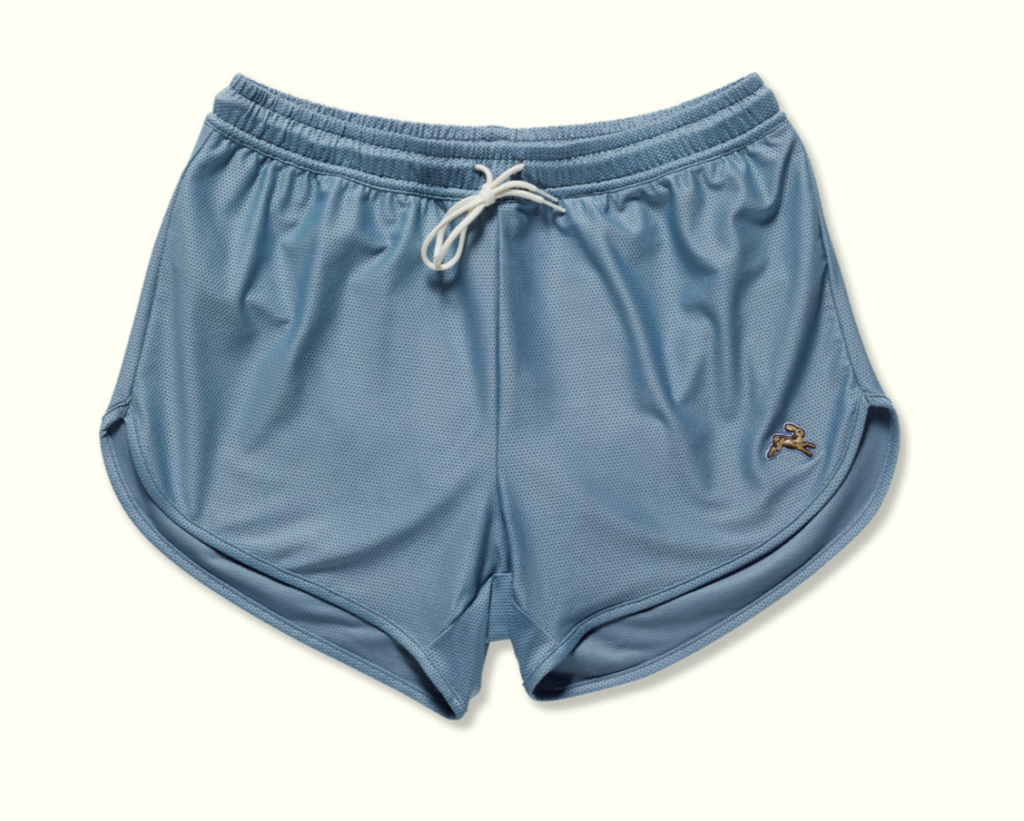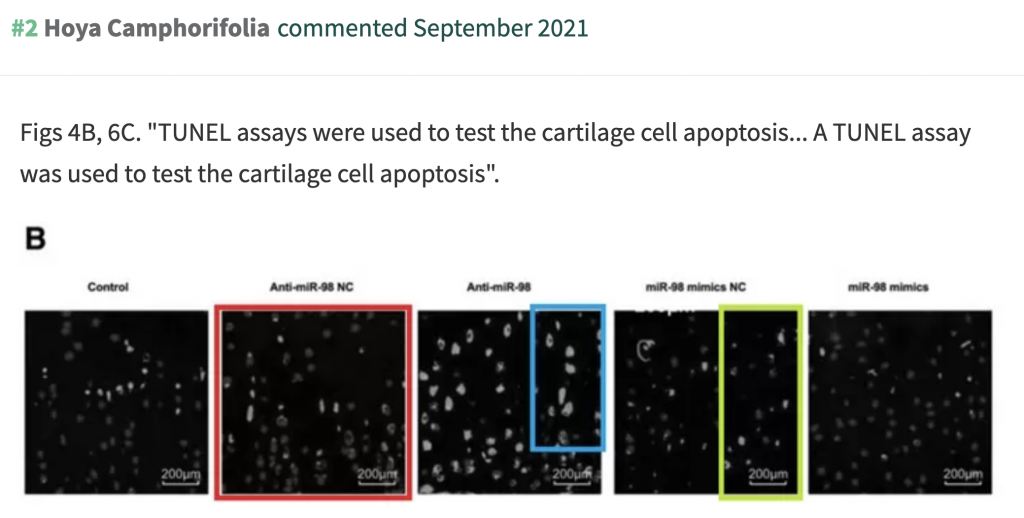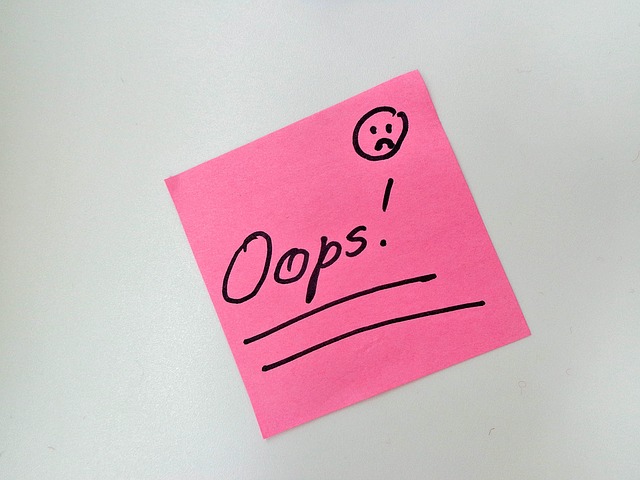
Springer Nature has retracted 44 papers from a journal in the Middle East after determining that they were rubbish.
The articles, which showed up in the Arabian Journal of Geosciences starting earlier this year, many of which involve at least some researchers based in China, and from their titles appear to be utter gibberish — yet managed still to pass through Springer Nature’s production system without notice.
The retractions follow the flagging of more than 400 papers by the publisher for concerns about “serious research integrity” breaches in the articles. Those concerns were first surfaced by a commenter on PubPeer and by a group of researchers who have been identifying and exposing nonsense papers.
Continue reading Springer Nature geosciences journal retracts 44 articles filled with gibberish





